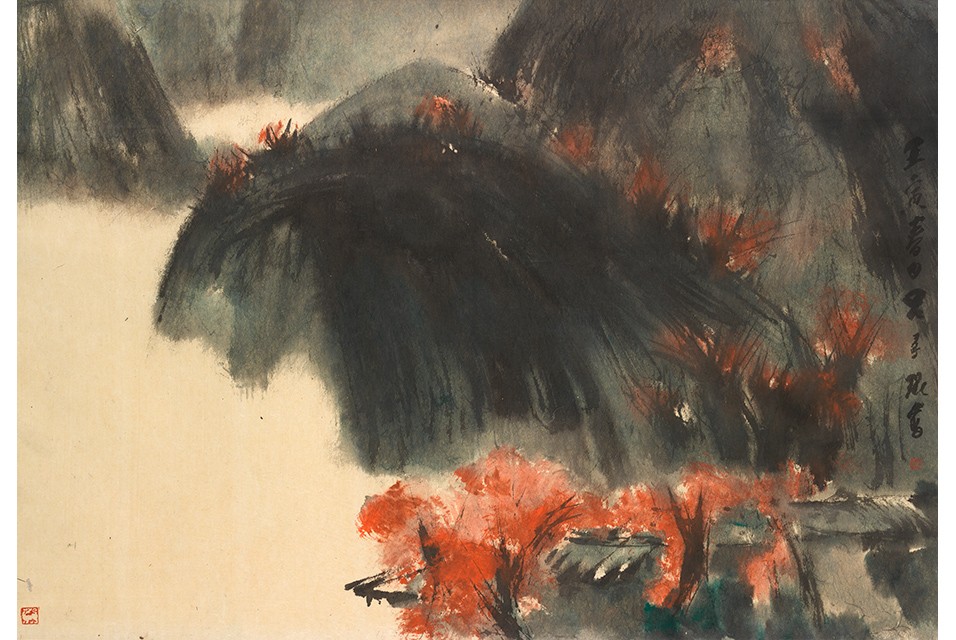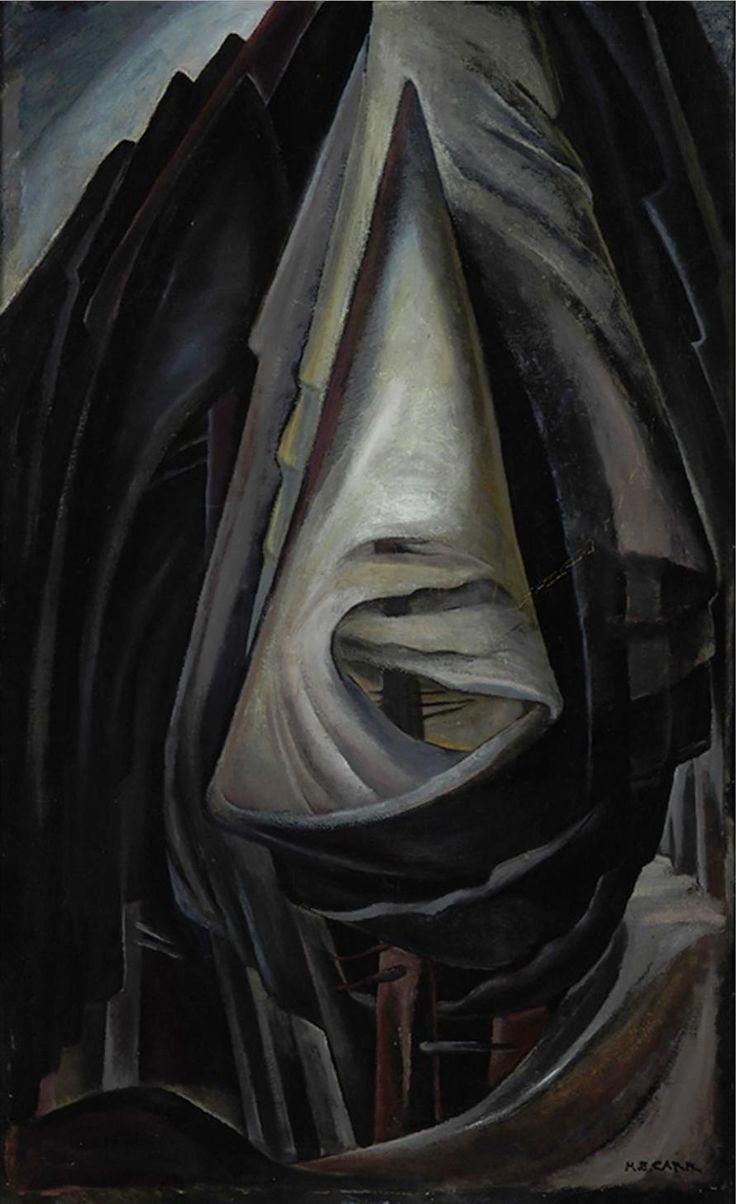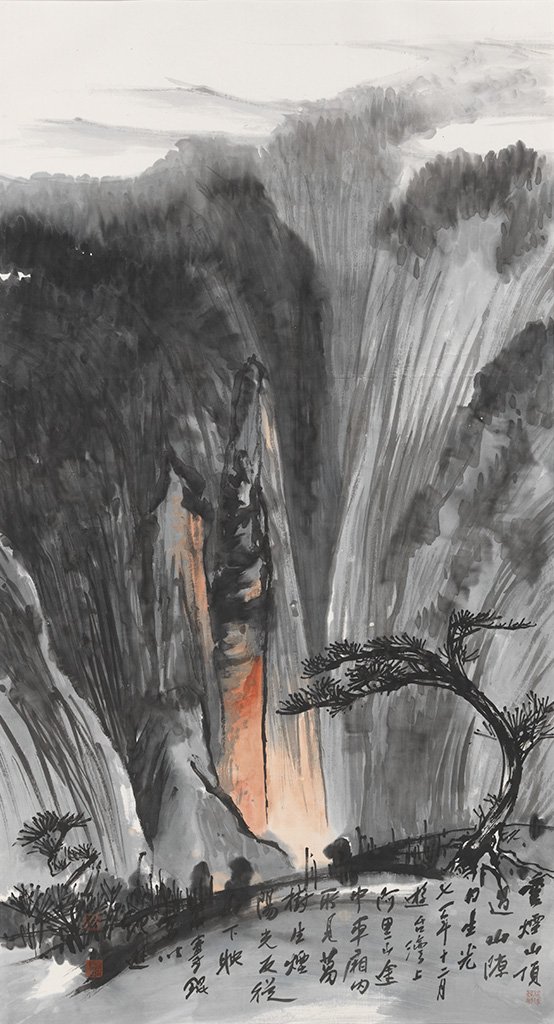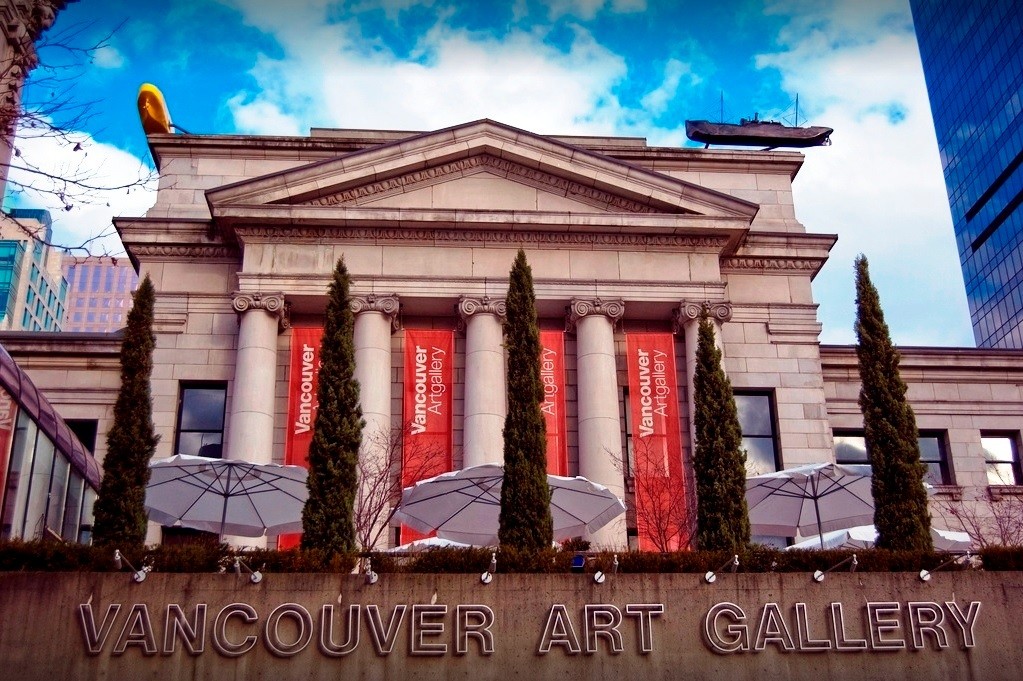On view from December 16, 2017 until April 8, 2018, the Vancouver Art Gallery is presenting 空 / Emptiness: Emily Carr and Lui Shou Kwan. The exhibition pairs Canadian modernist Emily Carr with the founder of the New Ink Movement in Hong Kong Lui Shou Kwan.

空 / Emptiness: Emily Carr and Lui Shou Kwan includes more than forty works, featuring a selection of charcoal sketches and forest paintings that Emily Carr produced of the Pacific Northwest coast throughout the 1930s, alongside Lui’s early Hong Kong landscapes and a series of unique Zen paintings that he created in the 1960s.

Born in Victoria, Emily Carr (1871–1945) is widely recognized for her paintings of the British Columbia landscape. Apart from a brief period of study in Europe, Carr spent most of her career living in Victoria. She was an avid reader and remained informed of contemporary innovations in art production. Though her work is clearly situated within modernism, she selected only those tenets of this expansive movement that facilitated her quest to represent the Pacific Northwest Coast.
Working with charcoal and oil on paper allowed Carr the freedom to experiment without the complication of colour. These drawings signal an important transition in her career, as she used the medium to confront conceptual problems of volume and space when depicting the landscape. Among her most symbolic and abstract works, the drawings produced during the early-to-mid 1930s provide examples of Carr’s exploration of the environment, while those from her later years illustrate her deep interest in uncovering the mystical in the natural landscape.

Born in Guangzhou, Lui Shou Kwan (1919–1975) is a renowned brush painter in the traditional and modern styles of Chinese ink painting, and widely recognized as the founder of the New Ink Movement in Hong Kong.
Throughout his career, Lui held the classical Chinese ink tradition and Western pictorial Abstraction in productive mutual tension. Systematically exploring and deconstructing their conventions and constituents—space, geometry, gesture, materiality—he developed a distinctive body of work. The New Ink Movement that Lui inspired became a driving force for reforming traditional Chinese painting, the impact of which can be felt to this day, advancing through his published teachings, theories and in the work of his former students.
Looking across culture, geography and time to explore expressions of the sublime in landscape painting, the exhibition draws connections by exploring how each artist experimented with abstraction and spirituality in their respective depictions of nature. For Emily Carr, it was the forest that provided an essential pathway in the contemplation and creation of her work, and for Lui this was achieved through inspiration from the scenery of Hong Kong and its surrounding islands. Each was enhanced by a revelation that through the action of painting one could achieve a sense of mindfulness.
The exhibition is organized by the Vancouver Art Gallery and is curated by Diana Freundl, Associate Curator, Asian Art.


























[…] Vancouver Art Gallery is hosting a show called 空 / Emptiness: Emily Carr and Lui Shou Kwan. It’s on til April and you should really try to get there. Top floor. If you can’t make […]